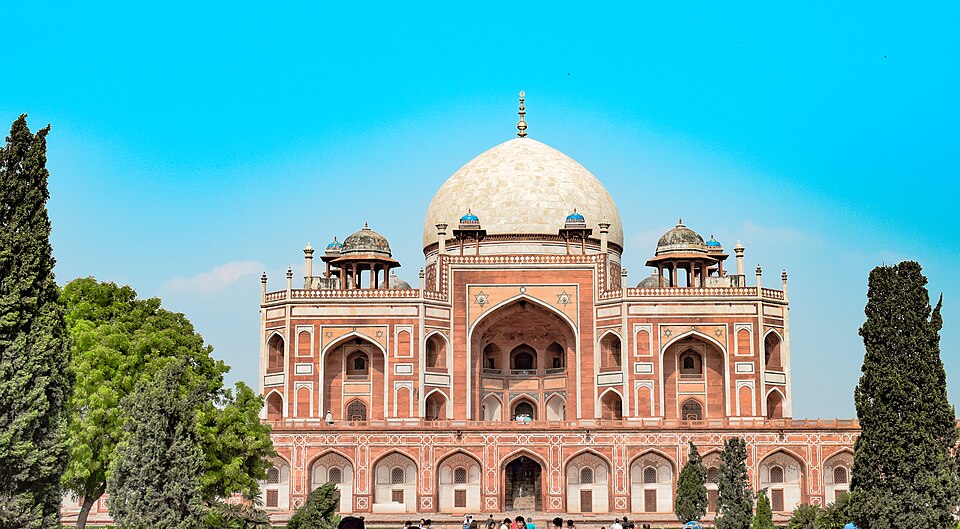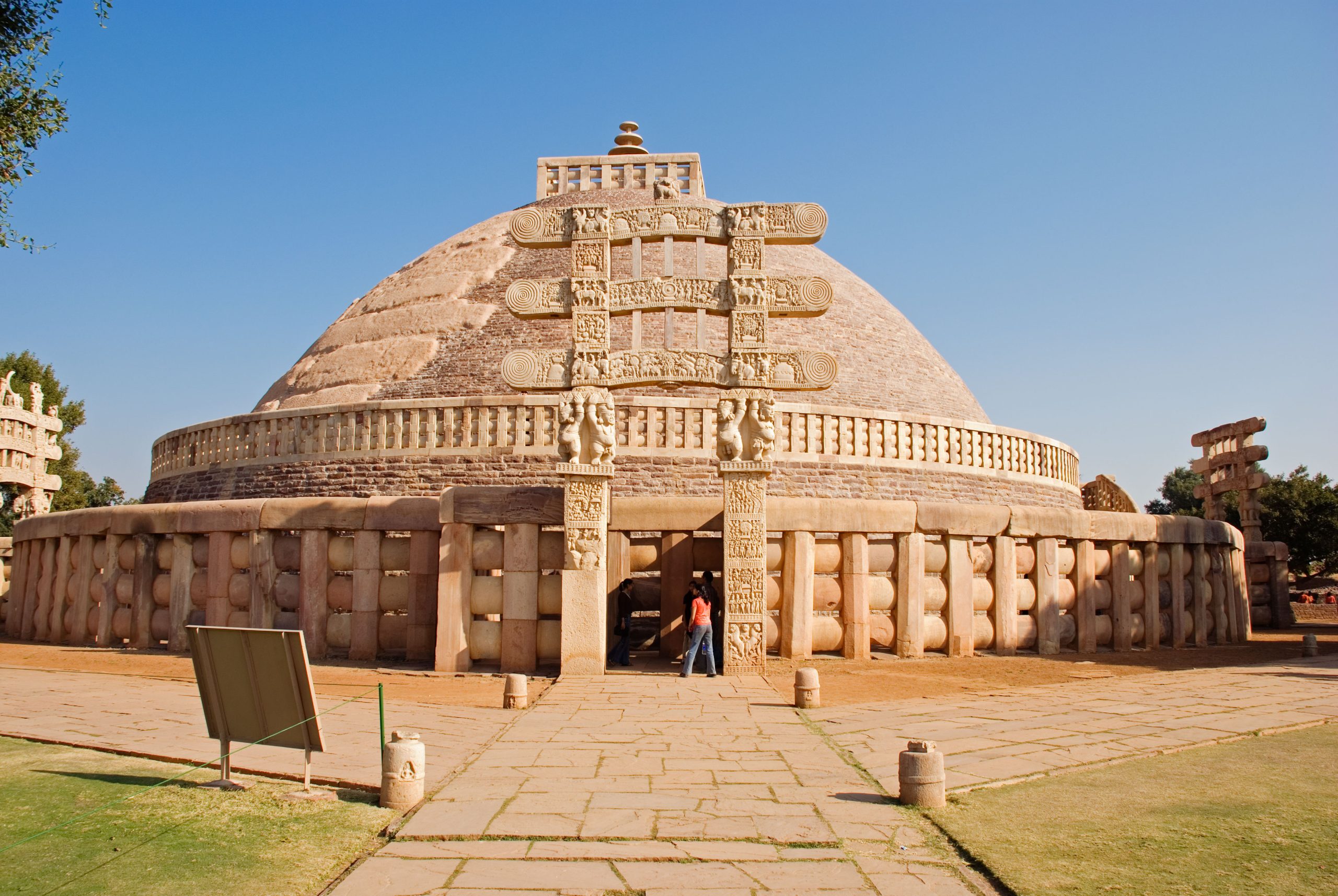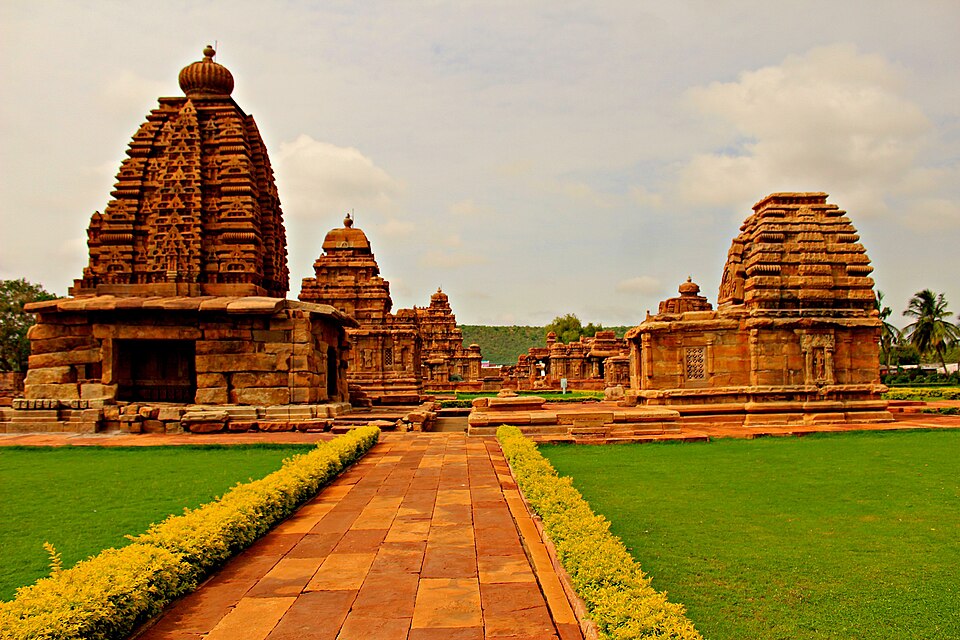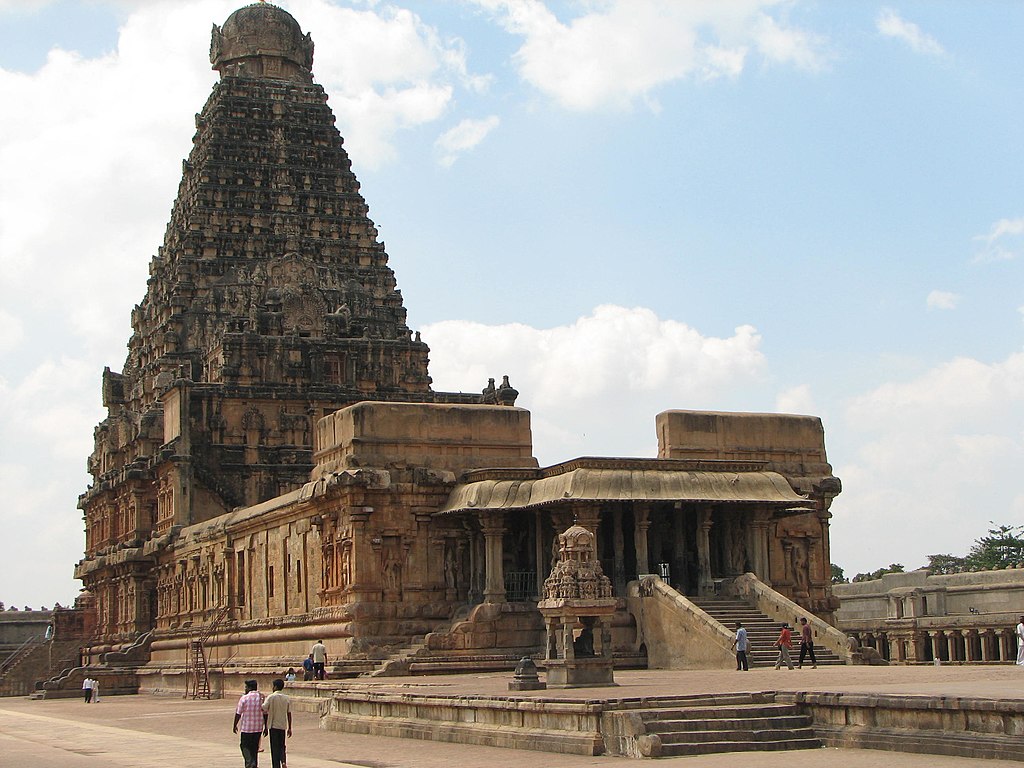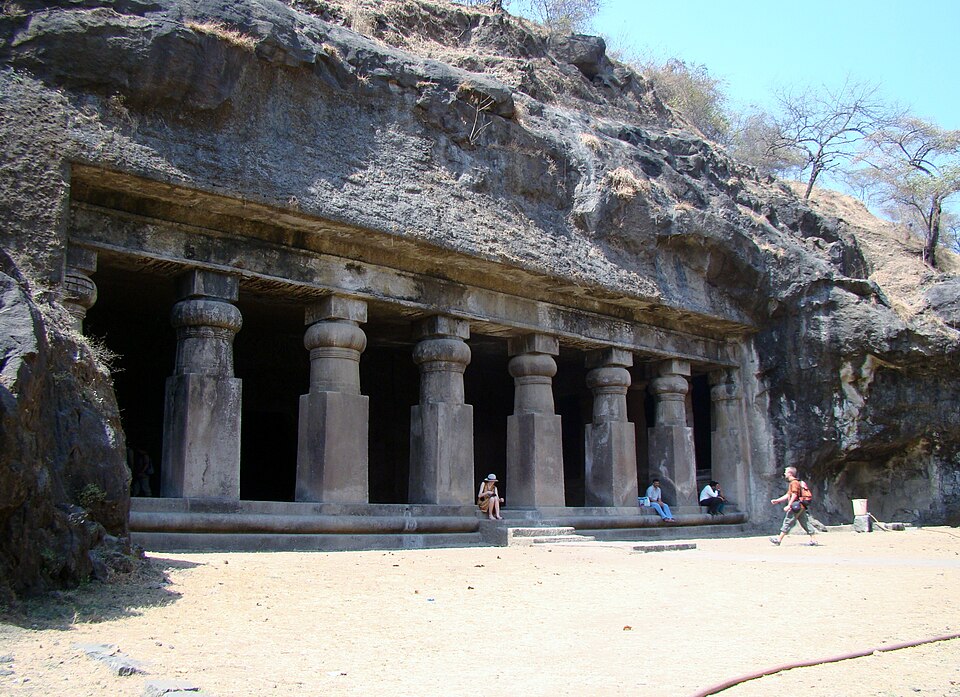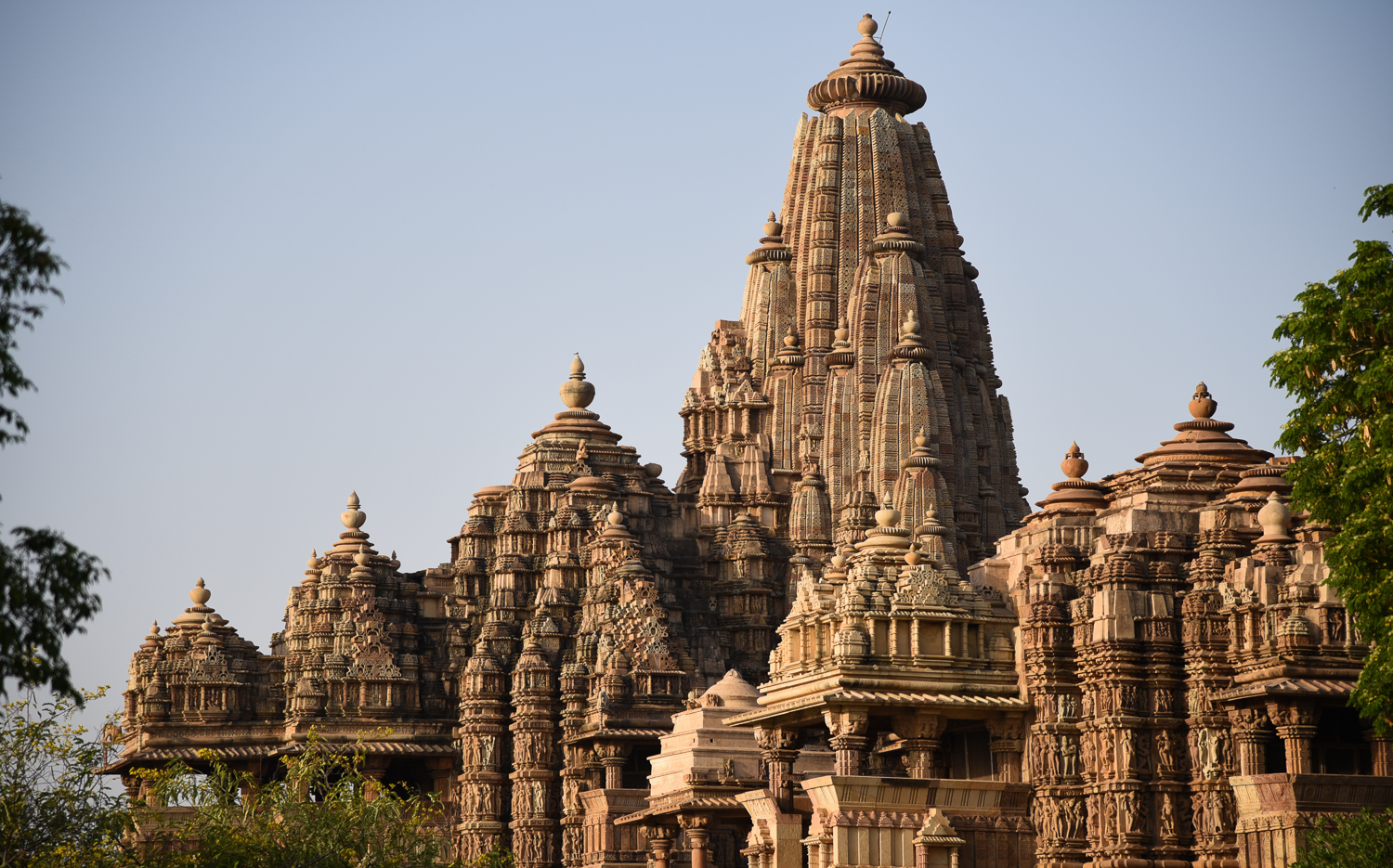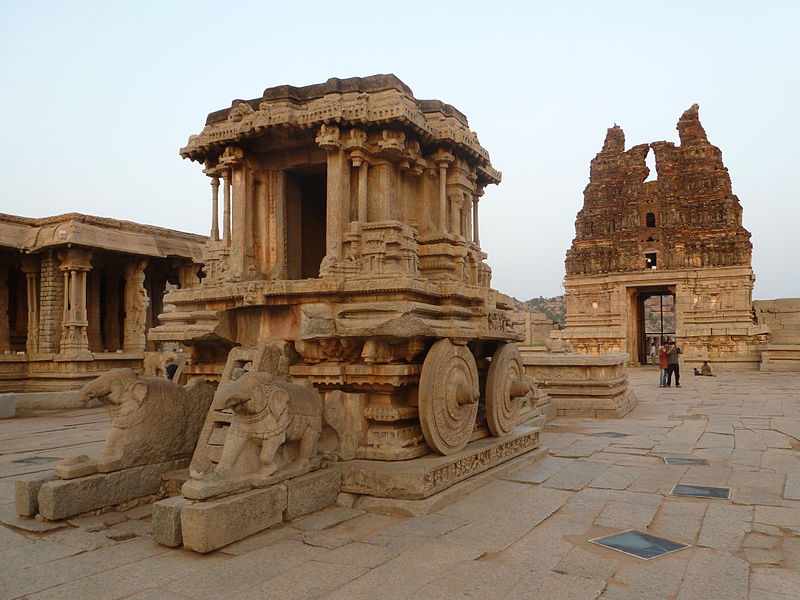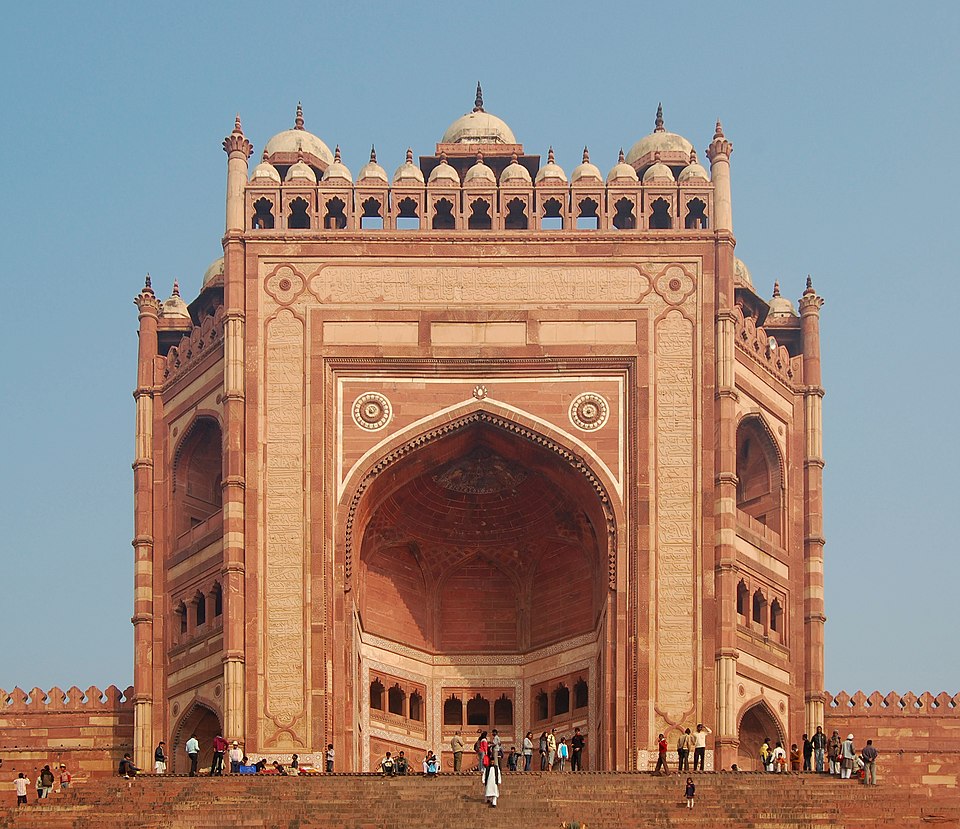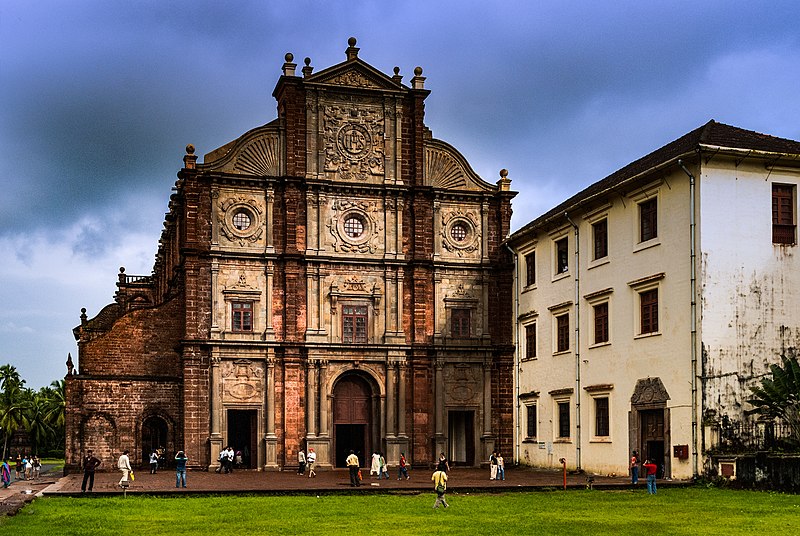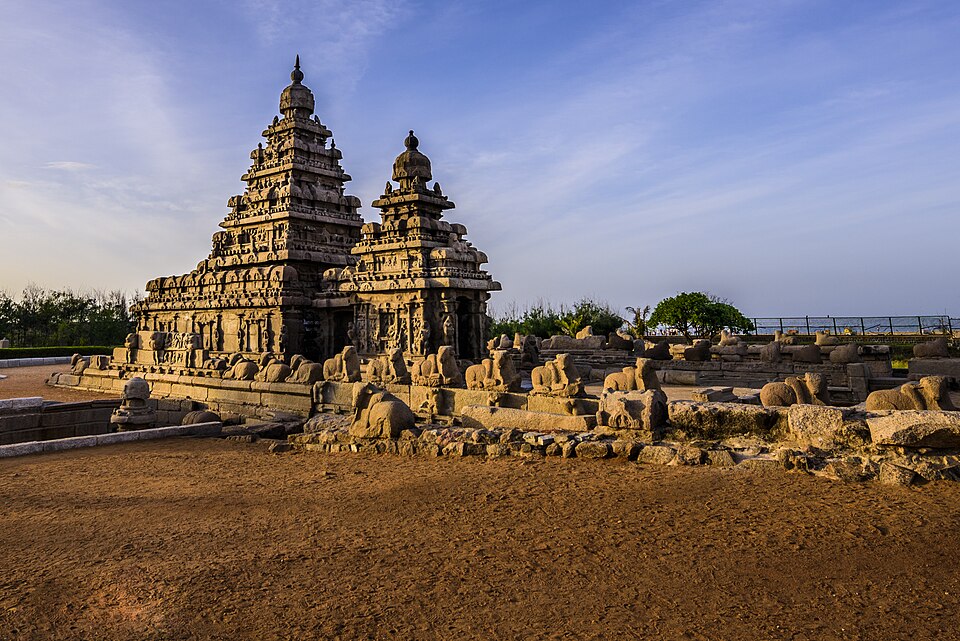Art and Culture
UNESCO Sites in India: Humayun’s Tomb (1993)
Location: Delhi, India. Built By: Commissioned by Empress Bega Begum (Humayun’s widow) in 1565 CE, completed in 1572 CE. Architect: Designed by Persian architect Mirak Mirza Ghiyas. Significance: First garden tomb in the Indian subcontinent and a precursor to Mughal … Continue reading
UNESCO Sites in India: Buddhist Monuments at Sanchi (1989)
Location: Sanchi, Madhya Pradesh, India. Built By: Initially commissioned by Emperor Ashoka the Great in the 3rd century BCE. Features It contains images of shalabhanjikas – a lady holding the branch of a tree. Stories from the Jataka tales are … Continue reading
UNESCO Sites in India: Group of Monuments at Pattadakal (1987)
Location: Pattadakal, Karnataka, India. Built By: Chalukya dynasty during the 7th to 8th centuries CE. Architectural Style: A unique blend of Dravidian (South Indian) and Nagara (North Indian) temple architecture. Deity: Primarily dedicated to Lord Shiva.
UNESCO Sites in India: Great Living Chola Temples (1987, 2004)
Location: Tamil Nadu, India. Built By: The Chola dynasty between the 10th and 12th centuries CE. Architectural Style: Dravidian architecture. Included Temples: Brihadeeswarar Temple, Thanjavur (Peruvudaiyar Kovil): Gangaikonda Cholapuram Temple: Airavatesvara Temple, Darasuram:
UNESCO Sites in India: Elephanta Caves (1987)
Location: Maharashtra Built By: Likely constructed between the 5th and 7th centuries CE during the rule of the Kalachuri or Chalukya dynasty. Significance: Dedicated primarily to Lord Shiva, showcasing rock-cut architecture and Shaivism traditions.
UNESCO Sites in India: Khajuraho Group of Monuments (1986)
Location: Madhya Pradesh, India. Built By: Chandela Dynasty. Construction Period: 950–1050 CE. Architectural Style: Nagara-style Hindu and Jain temple architecture. Notable Temples: Kandariya Mahadev Temple: The largest and most ornate temple, dedicated to Lord Shiva. Lakshmana Temple: Known for its … Continue reading
UNESCO Sites in India: Group of Monuments at Hampi (1986)
Location: Hampi, Karnataka, India. Built By: Vijayanagara Empire. Construction Period: 14th to 16th century CE. Architectural Style: Vijayanagara architecture, blending Dravidian, Islamic, and Hindu elements. Associated Temples Virupaksha Temple: Dedicated to Lord Shiva, an active place of worship with intricately … Continue reading
UNESCO Sites in India: Fatehpur Sikri (1986)
Location: Agra District, Uttar Pradesh, India. Built By: Mughal Emperor Akbar. Construction Period: 1571–1585 CE. Architectural Style: Mughal architecture, blending Indian, Persian, and Islamic styles. Material Used: Red sandstone Features Buland Darwaza: A 54-meter-high victory gate commemorating Akbar’s conquest of … Continue reading
UNESCO Sites in India: Churches and Convents of Goa (1986)
Location: Old Goa, Goa, India. Built By: Portuguese colonizers during their rule in Goa. Construction Period: 16th–18th centuries. Architectural Style: Baroque, Manueline, and Gothic styles influenced by European traditions. Features Basilica of Bom Jesus: Houses the relics of St. Francis … Continue reading
UNESCO Sites in India: Group of Monuments at Mahabalipuram (1984)
Location: Mahabalipuram, Tamil Nadu, India. Built By: The Pallava kings, primarily during the reigns of Narasimhavarman I (Mamallan) and Rajasimha. Construction Period: 7th-8th century CE. Architectural Style: Dravidian rock-cut architecture. Notable Monuments: Shore Temple: A twin-towered temple dedicated to Lord … Continue reading

